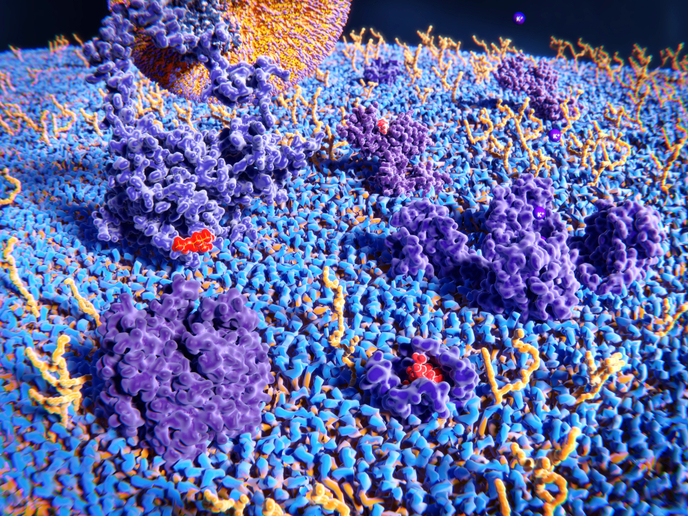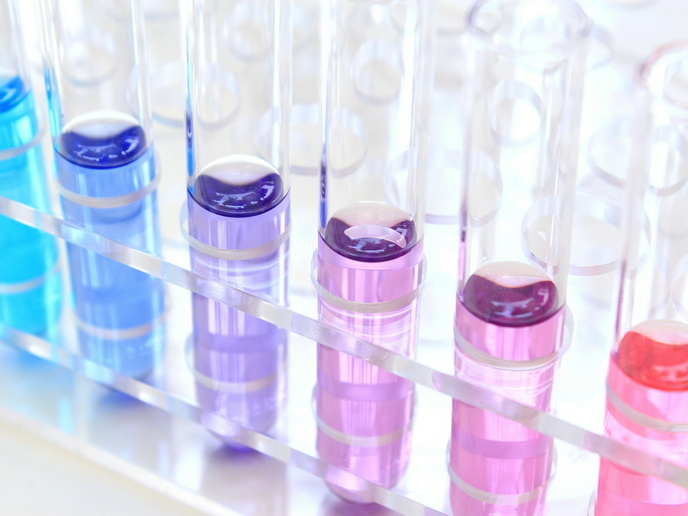Biocompatible bone regeneration
Bone defects provoke a lengthy and painful healing process for patients and cause high cost for healthcare systems. Delayed healing is often associated with chronic symptoms such as pain, functional and psychosocial disability. Currently, two therapeutic concepts (besides plaster and plates) have been introduced into the market to overcome non-healing of bone or difficulties to stabilize complicated bone fractures. The devices consist of a bovine collagen matrix soaked with a bone morphogenetic proteins (BMP), BMP2 or BMP7 but are associated with inflammation and other undesirable side-effects. Therefore, there is a significant medical need for development of a novel treatment options that will be cost-effective and affordable for interventions in bone healing. Recently, a therapeutic product called OSTEOGROW demonstrated good healing potential in preclinical animal testing. The EU-funded project OSTEOGROW (Novel bone morphogenetic protein-6 biocompatible carrier device for bone regeneration) is evaluating this product's therapeutic potential in preclinical models and clinical settings. Clinical trials will include patients with acute radius fractures and those requiring surgical correction of various deformities of the lower leg to prevent osteoarthritis of the knee. OSTEOGROW's therapeutic product has a carrier made from the patient's peripheral blood called whole blood coagulum derivative (WBCD) to ensure biocompatibility. Recombinant human BMP6 (rhBMP6) is the bioactive molecule that binds to WBCD components and stimulates bone formation. The project team is focused on improving rhBMP6 production using a genetically stable cell line suitable for commercial manufacturing. The new rhBMP6 production and purification processes are efficient, robust and inexpensive. The purified rhBMP6 protein is bioactive, contaminant-free and stable in freeze-dried form. Quality and performance tests on rhBMP6 constantly reveal acceptable results. Scientists therefore finalised the formulation of OSTEOGROW with in vivo testing showing highly promising results in mice, rats and rabbits. Project partners have selected manufacturers for the kit components as well as packaging. Clinical protocols and related documents for phase I/II studies have been approved by ethical bodies, and OSTEOGROW has prepared the Investigational Medicinal Product Dossier and drug product for clinical studies. Currently, millions of people suffer from acute bone fractures, a major onus on any health care system. Project activities will ensure that the commercialisation of this therapeutic product is a step closer to reality for wide-ranging orthopaedic applications in humans and animals. This potentially effective, safe and affordable therapeutic product will hopefully promote faster bone healing and reduce the need for secondary interventions.
Keywords
Bone, biocompatible, bone defect, bone regeneration, fractures, bone morphogenetic protein, whole blood coagulum derivative







